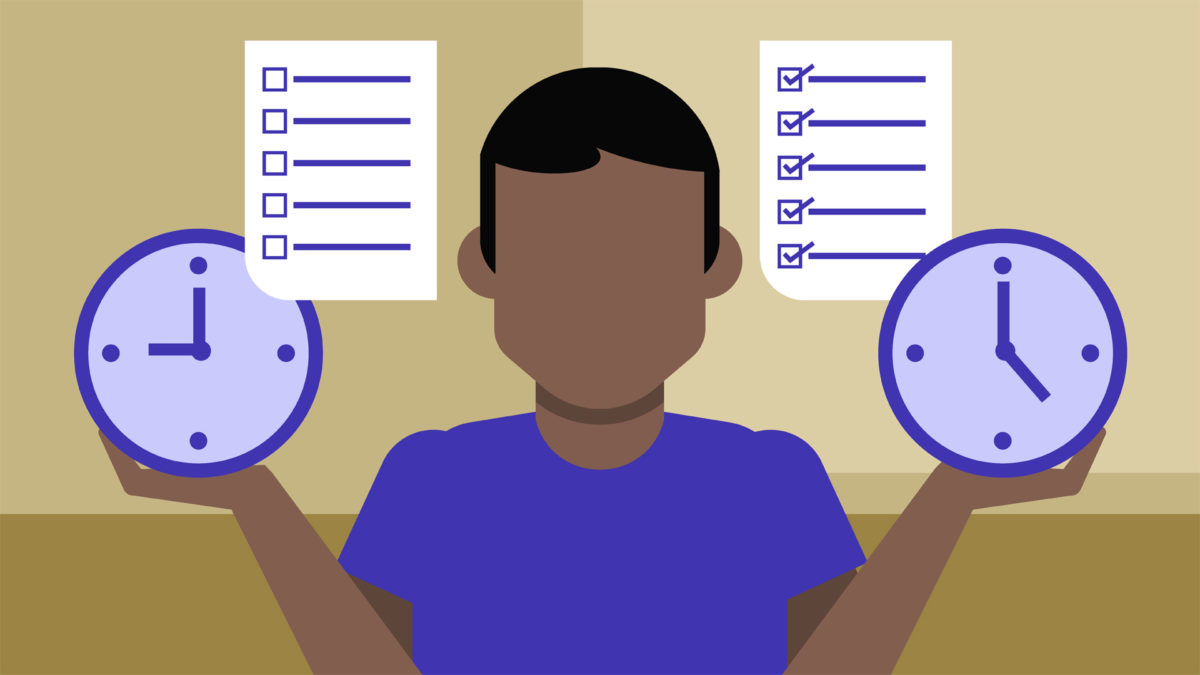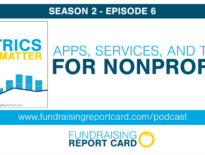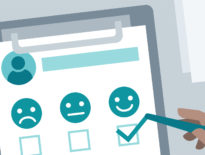As a development professional, it’s safe to say you have a lot on your plate. Coordinating appeals, engaging constituents, helping with programs; the list of responsibilities you oversee is undoubtedly long.
So when you pick up a book, read a blog post, or attend a conference on “data-driven fundraising” it may cause a groan of frustration rather than a sigh of relief. “Oh, this is another thing I need to add to my already too long task list.”
The development blogosphere is full of talk about the benefits derived from leveraging data at work. It’s good and useful information. For example, you might be interested in my recent post, “3 Steps You Can Take Today to Become a More Data-Driven Nonprofit.” But all of these resources (mine included) discount the reality that most all development professionals face: a general lack of time.
Most of us don’t have the time to implement new “data-driven” strategies, even if it is just “3 Easy Steps.” It’s hard enough to keep everything aligned to get the year-end appeal out the door issue-free, let alone take on some new donor lifetime value segmented appeal letter “thing”.
So how can you do it? How can you “find the time” to leverage data?
The argument is simple: by analyzing your data you’ll be able to find efficiencies and focus your efforts on the tasks and activities that matter most. Thus, you’ll be able to free up time by not focusing on less important responsibilities. In a sense, by periodically analyzing your data, you should be able to identify what is truly most important right now.
But how true is that? And what is the process and commitment to actually making it happen? Is it really as easy as “3 steps?”
It’s not like you can flip a switch and know exactly where your time would be best spent today. If only that were the case. And data, for all it’s good for, doesn’t provide that answer on its own either. What we need is a marriage of the right data at the right time with the right person.
The right data
Identifying the right data starts with a simple self-posed question: Why am I looking for data right now? Your answer to this question will most likely stem from another question. Nine times out of ten, you’ll be looking for data because someone has recently asked you a question. “I am looking for data right now because my Executive Director recently asked me which appeal from last year had the highest average donation amount.”
In the above example, you’re looking for data to help answer your Executive Director’s question, “Which appeal had the highest average donation amount?” With that in mind, we can now qualify what data we need to analyze in order to get that answer. The right data in this situation would be transactional donation data for any of our appeals from last year.
Finding the right data means taking a step back. Don’t go dive head first into your database writing queries and exporting Excel spreadsheets. Do take a moment to think critically about why you are a looking for data and what question you are trying to address.
The right time
In most cases, the right time to analyze your data is now. Yes, right now. The reason you went through the process of finding the right data was because someone had asked you a question that required some analysis. With that in mind, if you can, you’ll want to get an answer back to them as quickly as possible.
The exception to this rule is more formal analysis. If your Executive Director poses a question to you about end-of-year appeal effectiveness in October, you aren’t going to go through the process of analyzing data right then and there. Why not? Because it’s October and for the most part, at this point plans are final. You could analyze some data but that would take your time and energy away from other, more urgent things at the moment.
When is the right time to look at that information? February or March, when planning for the year-end appeal is just getting started, or better yet, before it even begins. It’s during the beginning of the year when you have a moment or two to think strategically and create a plan that you should consult your data.
The right person
The third piece in our data analysis jigsaw puzzle is the right person. We have our data, we have our time, but how do we know who is the right person to digest this information? As with our previous two puzzle pieces, the answer here is simple. If the subject matter is within your domain, you’re the right person to analyze it. Generally, finding the right person is actually the easiest step in this dance; you may be surprised, but most of the time you’ll be it.
Analyzing data isn’t nearly as intimidating when you have effectively refined what data you are analyzing, why you are inspecting it, and when you will do it. By qualifying a few of the underlying questions you should feel more confident that you are the right person to interpret all that information.
Applying these concepts
Once you have your data, your time, and your people organized, you’re ready to be more data-driven. Now and only now is the time to re-read one of those blog articles or books about “5 ways to send a higher ROI end-of-year appeal.” Because now, and only now, are you ready to implement what you’re reading.
So, in our quest to be more “data-driven,” take a step back. Think about our three core principles:
- Right data
- Right time
- Right person
And go from there.
When you have the right person, at the right time, with the right data, great things can happen. If you’re missing one of the three then your best bet is to focus elsewhere. Data is important. Data is useful. Data can also be a huge headache and waste of time.
Right data. Right time. Right person.




